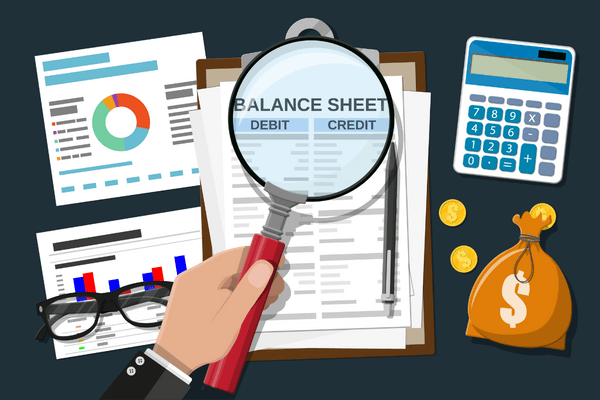This blog is written in the wake of COVID-19, but the principles can be used at any time to help small businesses analyze and optimize cost structures. Analyzing and understanding your costs will help you know where you can potentially cut costs. if you don’t understand your costs’ behavior, you may slash and burn costs that result in consequences you weren’t expecting.
Separating COGS from expenses
The first thing to understand when analyzing business cost structures is the difference between COGS and all other expenses. Income minus COGS gives us gross profit. Businesses operate off their gross profit, not sales. All other expenses after gross profit are considered overhead. COGS is critical for sales, whereas overhead expenses are not necessarily critical. Therefore, when you first consider cutting costs, you should look at overhead expenses.
Because your business should operate and make decisions off gross profit, you must accurately calculate and record COGS. If your COGS is not separated from all other overhead expenses, you lose visibility into what is happening in your business and poor decisions can be made. It’s absolutely critical that you separate your COGS.
For more on accurately calculating and recording COGS, view this blog.
Understanding fixed vs variable costs
Another business cost structure to analyze is your fixed vs variable costs.
Fixed costs:
- Stay the same at any revenue level and are hard to change
- Good foundation during good times, an anchor during bad times
- Ideal during times of growth
Variable costs:
- Vary with production and remain agile
- Provides great agility
- Ideal during times of instability
When you are considering optimizing costs, here are some ways to move fixed costs variable costs:
- Change salary employees or positions (fixed) to hourly (variable)
- Move from in-house staff (fixed) to contractors (variable)
- Stop renting a warehouse (fixed) and find a 3rd party logistics company (variable)
- Change annual subscriptions (fixed) to monthly subscriptions (variable)
- Move from a fixed fee marketing contract (fixed) to a marketing agency that charges based on sales (variable)
Determining regular versus seasonal expenses
Another way to analyze your business cost structures is to separate regular (monthly) versus seasonal (annual) expenses. Monthly costs include payroll, marketing ads, monthly software subscriptions, rent, and utilities. Annual costs include business insurance, marketing events, annual software subscriptions, and bonuses.
Monthly and annual costs need to be separated because monthly are usually the costs you should look at first. They are easier to adjust up and down. Annual are bigger costs that you can often negotiate. Understanding when they happen is important to make sure you cut annual costs that aren’t needed.
Identifying key expense categories
Understanding your costs requires good accounting that not only accurately categorizes your expenses, but separates them by areas, such as department. In QuickBooks Online, you can use class to divide costs by department. Understanding your costs in different dimensions will help you determine how to optimize them.
Also understand what costs are important at different times in your business. Are you currently surviving, maintaining, or growing? Different costs are essential depending on your situation. For example, hiring tools and staff would be essential during growth and non-essential during survival mode.
Finally, determining mission critical costs is important. If you are in the terrible situation of needing to terminate employees, it’s not necessarily the highest paid salary employees that are mission critical. Is there a certain employee that manages top clients that you can’t lose? Do you have an employee who is critical in running a team? These examples are for employees, but you can use this idea across other costs.
Takeaways
This blog on analyzing business cost structures should help emphasize the following:
- Costs need to be measured appropriately
- Costs should be analyzed in multiple ways
- Good analysis is dependent on good accounting
After analyzing your business cost structures in the ways we outlined here, you are equipped to make better cost decisions. This will lead to more profitability that helps you survive during rough times and grow during good times.




